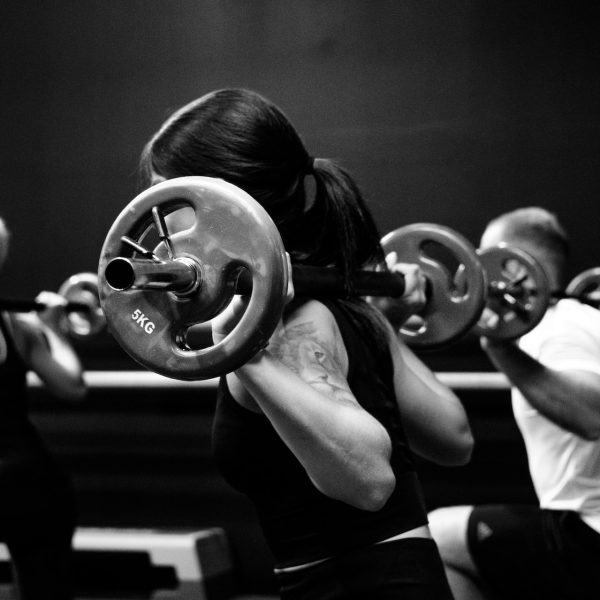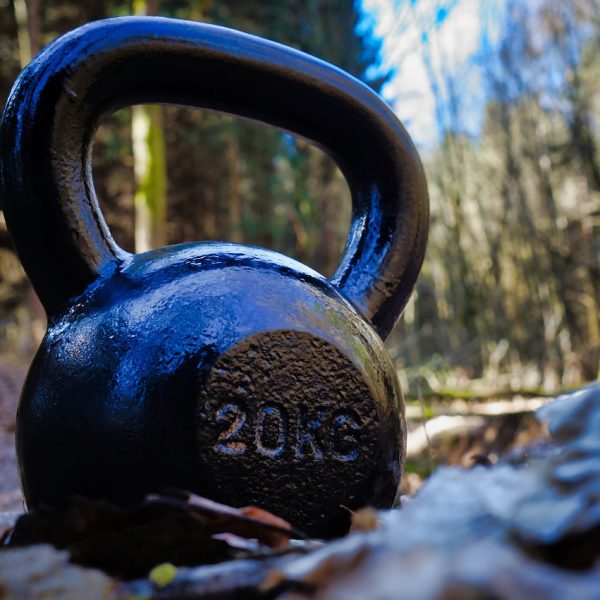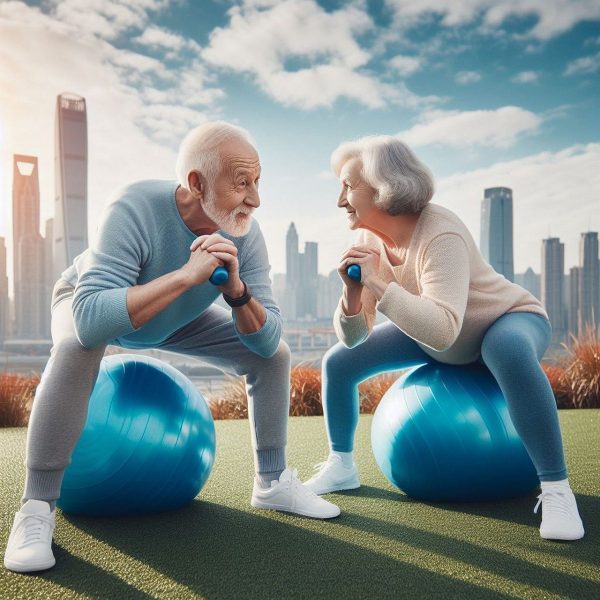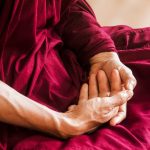Vinyasa Yoga Guide: A Comprehensive Overview, History, and Practical Tips
Hi there and welcome to our extensive Vinyasa Yoga Guide, exploring the history, principles, and practical aspects of Vinyasa Yoga. This guide aims to provide you with a deep understanding of Vinyasa Yoga, from its origins to the practical steps for starting your own practice.
History of Vinyasa Yoga:
Vinyasa Yoga, often referred to as “Flow Yoga,” has a rich history that dates back to the ancient practice of Hatha Yoga. It emerged as a distinct style in the 20th century when influential yoga teachers like Sri Tirumalai Krishnamacharya and his students, including B.K.S. Iyengar and Pattabhi Jois, began developing and popularizing dynamic yoga sequences. The term “Vinyasa” is derived from the Sanskrit words “nyasa,” meaning “to place,” and “vi,” meaning “in a special way.” Together, they signify the intelligent sequencing and conscious placement of poses and transitions.
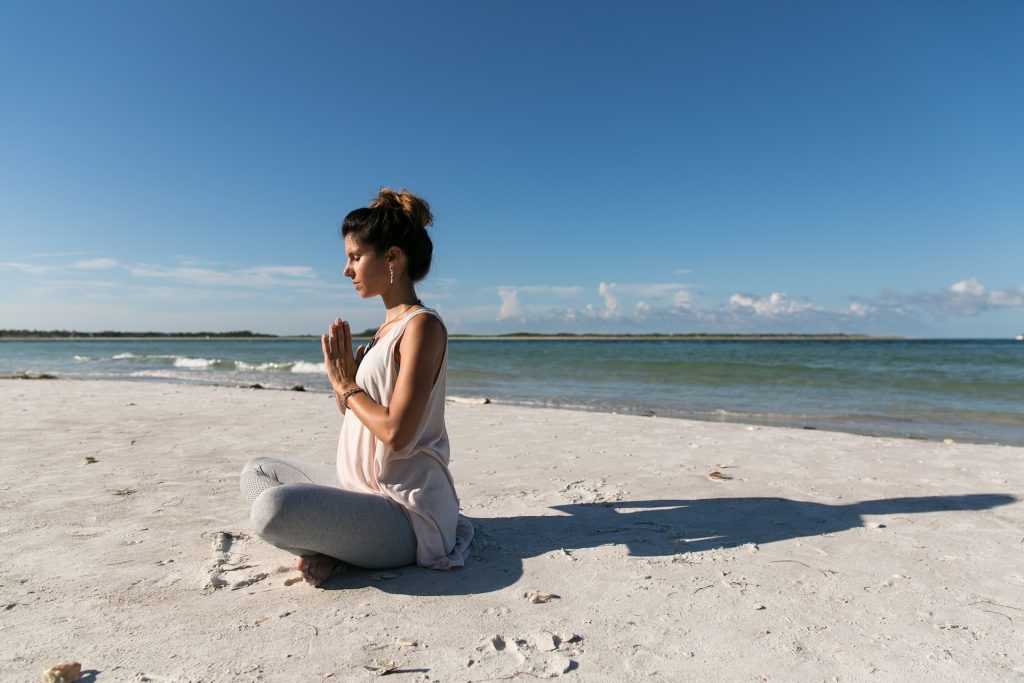
Principles of Vinyasa Yoga:
Vinyasa Yoga is characterized by several fundamental principles:
Breath and Movement: The cornerstone of Vinyasa Yoga is synchronizing breath with movement. Each inhale and exhale guides you through the poses, creating a meditative and mindful practice.
Flowing Sequences: Vinyasa classes typically involve a series of asanas (poses) that are seamlessly connected through fluid transitions. These sequences vary in intensity and complexity, providing a dynamic and challenging experience.
Flexibility and Strength: Vinyasa Yoga enhances flexibility, balance, and strength. The continuous flow of poses and transitions engages different muscle groups and contributes to overall physical fitness.
Variety: Vinyasa allows for creativity in sequences, so no two classes are identical. Teachers have the freedom to design their own sequences, offering practitioners a diverse and stimulating experience.
Mindfulness: Vinyasa Yoga encourages a state of mindfulness. The emphasis on breath and movement keeps you present and engaged in the practice, promoting relaxation and stress reduction.
Customization: Vinyasa is adaptable to all levels of practitioners. Instructors provide modifications and options to suit different skill levels, making it accessible to beginners and challenging for advanced students.
Balance and Alignment: While known for its fluidity, Vinyasa Yoga emphasizes proper alignment in poses to prevent injury and maximize the practice’s benefits.
Sun Salutations: Many Vinyasa sequences start with Sun Salutations, a series of postures that warm up the body and set the tone for the practice. Sun Salutations are often repeated throughout the session.
Core engagement: is a recurring theme in Vinyasa Yoga. A strong core is essential for stability and support in various poses and transitions, ensuring proper alignment and balance.
Vinyasa Yoga Guide:
Preparing for Your Practice:
- Find a Suitable Location: Choose a quiet and peaceful place to practice, whether it’s a yoga studio, your home, or the great outdoors (weather permitting).
- Gather Your Yoga Equipment: You’ll need a yoga mat, comfortable clothing, and possibly yoga props like blocks and straps.
Warming Up:
- Warm-Up: Begin with a brief warm-up that includes gentle stretches and deep breathing to prepare your body for the practice.
- Set an Intention: Many Vinyasa classes start with setting an intention or focus for your practice, guiding you throughout the session.
Breath and Movement:
- Focus on Breath: In Vinyasa Yoga, synchronize your breath with movement, inhaling during opening postures and exhaling during closing postures. Maintain deep, rhythmic breathing throughout.
Sun Salutations:
- Sun Salutations: Start your practice with Sun Salutations, which warm up your body and connect your breath with movement. These are foundational to Vinyasa sequences.
Sequence of Poses:
- Pose Sequences: Vinyasa Yoga involves a continuous flow of poses, moving from one to another in a sequence. Common poses include Downward Dog, Upward Dog, Warrior Poses, and various balancing poses. Pay attention to the transitions between poses.
- Modify and Use Props: Don’t hesitate to use props or modify poses as needed, especially as a beginner. Props can assist with alignment and accessibility.
Cool Down and Savasana:
- Cool Down: After the main sequence, move into a cool-down phase with stretches and relaxation poses to help your body recover and release tension.
- Savasana: Conclude your practice with Savasana (Corpse Pose). Lie down, close your eyes, and relax for a few minutes, focusing on your breath and letting go of tension.
- Meditation and Closing: Some Vinyasa classes include a brief meditation or closing ritual to bring your practice to an end.
Benefits of Vinyasa Yoga
Physical Benefits:
- Improved flexibility
- Enhanced strength and endurance
- Better balance and posture
- Increased cardiovascular health
- Weight management
Mental and Emotional Benefits:
- Stress reduction and relaxation
- Enhanced focus and concentration
- Mindfulness and self-awareness
- Emotional stability and well-being
- Improved sleep quality
Spiritual Benefits:
- Connection with the self
- A sense of inner peace
- Greater self-acceptance
- A path to spiritual growth
Incorporating Vinyasa Yoga into Your Routine
Regular Practice:
To experience the full benefits of Vinyasa Yoga, aim for regular practice. A few times a week is a good starting point, but you can adjust your frequency based on your schedule and goals.
Home Practice vs. Studio Classes:
You can practice Vinyasa Yoga at home using online videos or consider joining studio classes. Both options have their advantages, so choose what works best for you.
Progression:
As you become more experienced, you can explore more advanced Vinyasa sequences and poses. Your practice can evolve with you.
Listening to Your Body:
Always listen to your body. If a pose or sequence is causing pain or discomfort, modify it or skip it. Yoga should never be forced.
Final thoughts:
Vinyasa Yoga is a dynamic and fulfilling practice that can benefit your body, mind, and spirit. It offers a holistic approach to well-being, integrating breath, movement, and mindfulness. Whether you’re a beginner or an experienced yogi, Vinyasa Yoga is adaptable to your level and can be a rewarding addition to your daily routine. With regular practice, you’ll discover a greater sense of balance, strength, and serenity.
In this Vinyasa Yoga guide, we’ve covered the history, principles, and practical aspects of Vinyasa Yoga, providing you with a comprehensive resource to kickstart your journey. Remember, yoga is a lifelong pursuit



